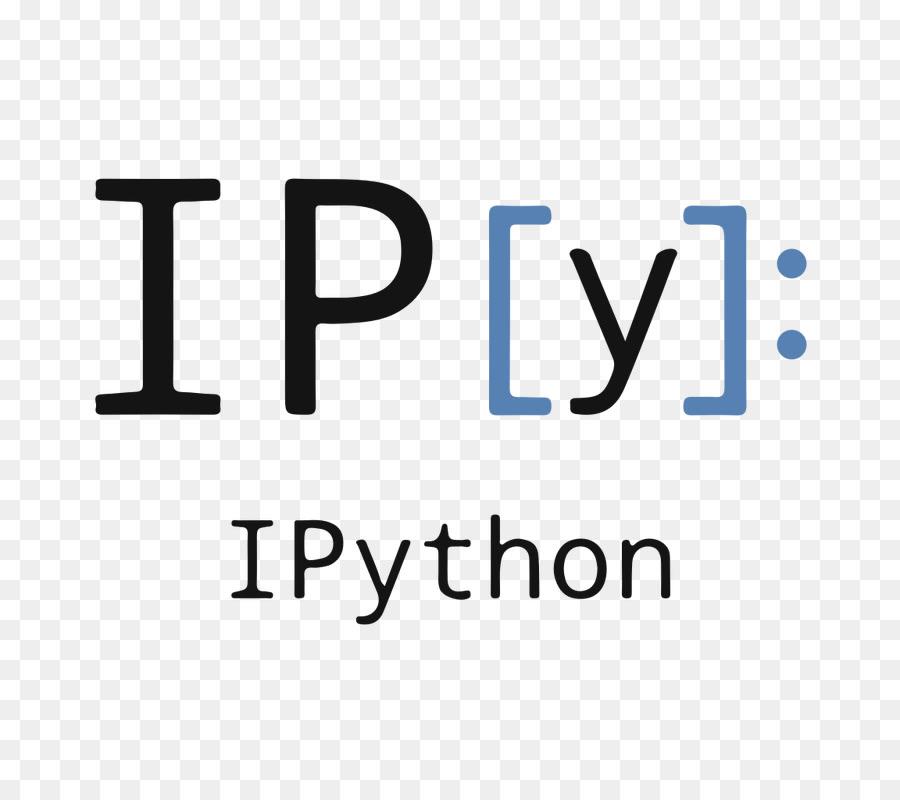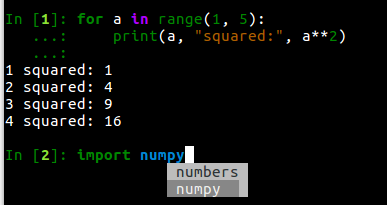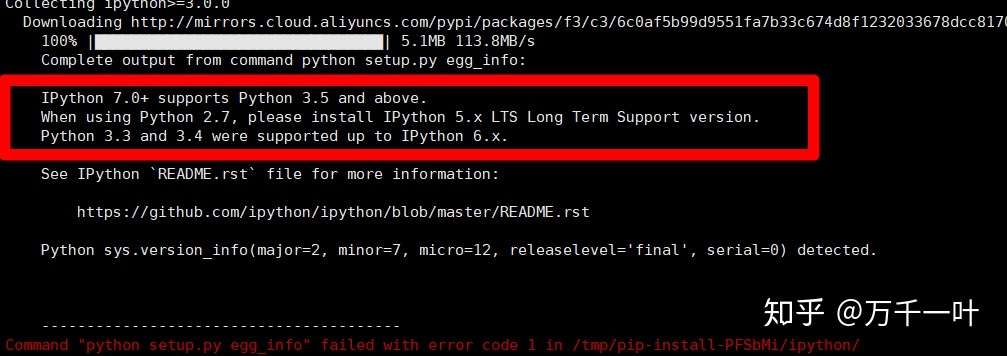
- #INSTALL IPYTHON 5.X LTS HOW TO#
- #INSTALL IPYTHON 5.X LTS FOR MAC#
- #INSTALL IPYTHON 5.X LTS INSTALL#
- #INSTALL IPYTHON 5.X LTS UPGRADE#
- #INSTALL IPYTHON 5.X LTS CODE#
To make python3 use the new installed python 3.6 instead of the default 3.5 release, run following 2 commands: sudo update-alternatives -install /usr/bin/python3 python3 /usr/bin/python3.5 1 Now you have three Python versions, use python command for version 2.7, python3 for version 3.5, and/or python3.6 for version 3.6.1.ģ.
#INSTALL IPYTHON 5.X LTS INSTALL#
Then check updates and install Python 3.6 via commands: sudo apt-get update Type in your password (no visual feedback due to security reason) when it asks and hit Enter.Ģ. When it opens, run command to add the PPA: sudo add-apt-repository ppa:jonathonf/python-3.6

Open terminal via Ctrl+Alt+T or searching for “Terminal” from app launcher. You can install Python 3.6 along with them via a third-party PPA by doing following steps:ġ. Ubuntu 16.04 comes with both Python 2.7 and Python 3.5 by default.
#INSTALL IPYTHON 5.X LTS HOW TO#
He also notes that IPython has signed the which is a pledge to drop support for Python 2.7 no later than 2020 to coincide with the Python development team's own target for ceasing support for the Python 2.x branch.This quick tutorial is going to show you how to install the latest Python 3.6.1 in Ubuntu 16.04 LTS via PPA. It is important to note that users will always be able to use a Python 2 kernel with the Jupyter Notebook, even when all of our projects have transitioned to Python 3: as part of our LTS commitment, we will make any necessary updates to the IPython kernel so it can continue to work in a Jupyter Notebook for the duration of our LTS support. Since its inception, JupyterHub for example as always been Python 3 only. IPython is the first IPython/Jupyter project to drop support for Python 2, but you can expect other components of IPython/Jupyter to follow. You can decide to stay for a longer period of time on IPython 5.x LTS and decide to leapfrog a few IPython versions once you migrate to Python 3, though we recommend keeping up to date with the latest stable versions as they are released, and of course to migrate to Python 3 when possible. If you are a Python 2 user, be reassured, we will make sure that upgrading does not unexpectedly install IPython 6.x and break your system. With regard to this decision Matthias Bussonnier writes: One reason for IPython 5.x having long term support, with fixes for critical bugs by the core team until the end of 2017 and beyond that in response to pull requests, is that it is the last major version to support Python 2.
#INSTALL IPYTHON 5.X LTS CODE#
Multi-line paste without breaking indentation or immediately executing code.

Real multi-line editing (up and down arrow keys move between lines).The prompt_toolkit package created by Jonathan Slenders recently reached version 1.0.
#INSTALL IPYTHON 5.X LTS FOR MAC#
The awkward dependencies on pyreadline for Windows and gnureadline for Mac prompted Thomas Kluyver to replace the old machinery with a brand new pure-python readline replacement: prompt_toolkit. The announcement of the IPython 5.0 release on the Jupyter blog explains the emergence of an improved interface as a consequence of IPython's new found independence:ĭecoupling IPython from the Jupyter Notebook package has allowed the core team to focus on improving the command line interface independently of the notebook. Jupyter Console 5.0, compatible with IPython 5.0 was also recently released. Its name was changed to Jupyter in 2015 and now IPython refers only to Python kernel for Jupyter and the interactive Python shell.

Until last year IPython used to refer to an open source shell for interactive and parallel computing widely used in scientific computing, the key component of which is a browser-based notebook, which could be used from many languages.
#INSTALL IPYTHON 5.X LTS UPGRADE#
It features a major upgrade to the terminal interface with new editing facilities which are provided by a cross-platform library.

IPython 5 is the first version to get Long term Support (hence the LTS name).


 0 kommentar(er)
0 kommentar(er)
